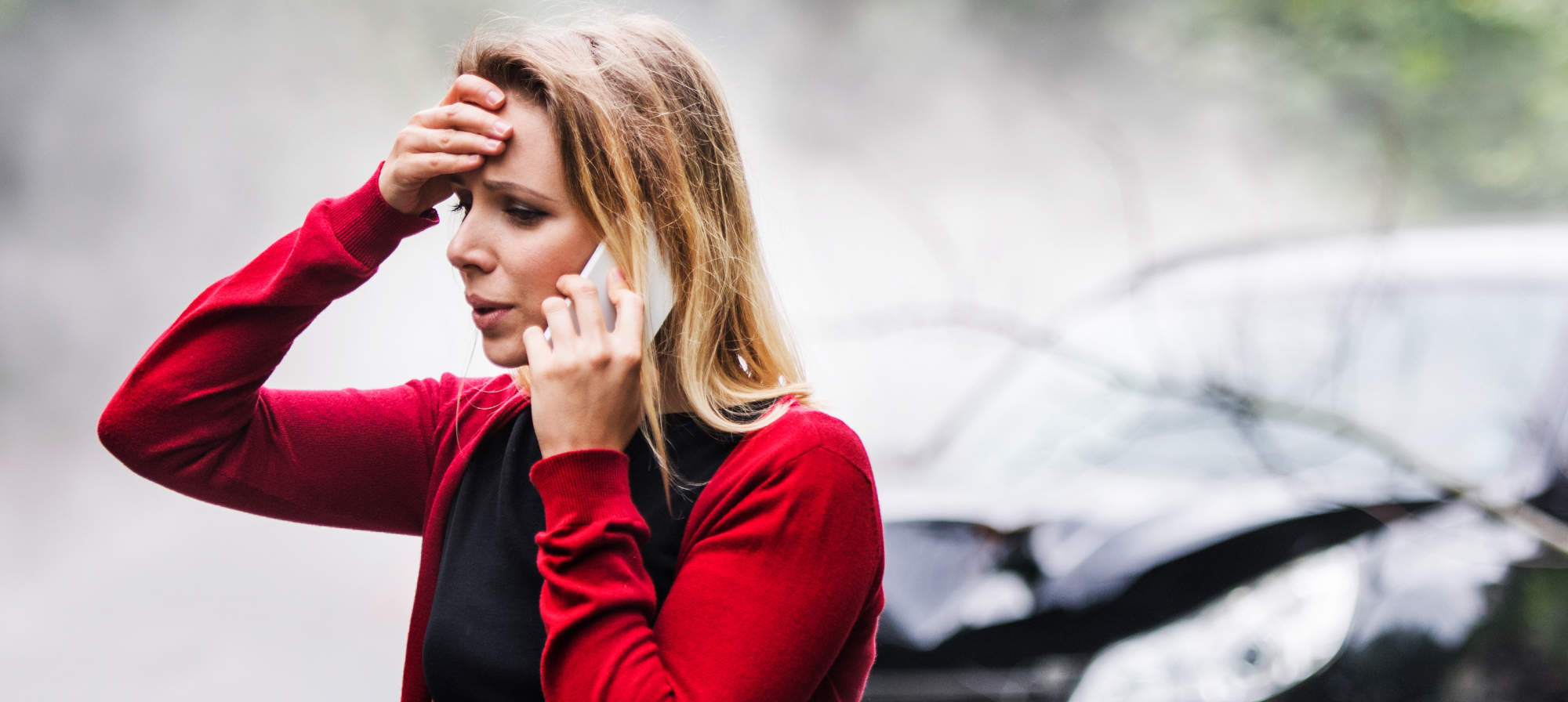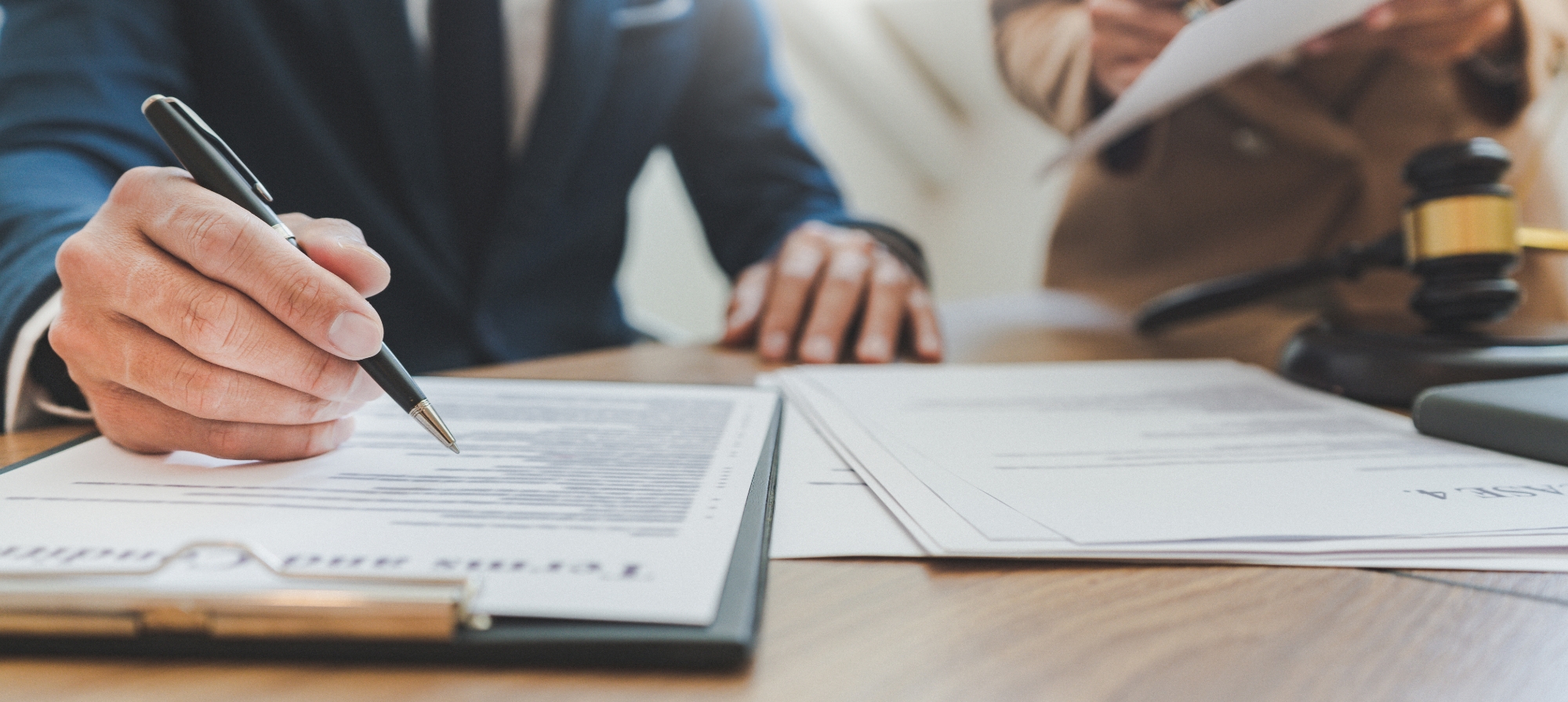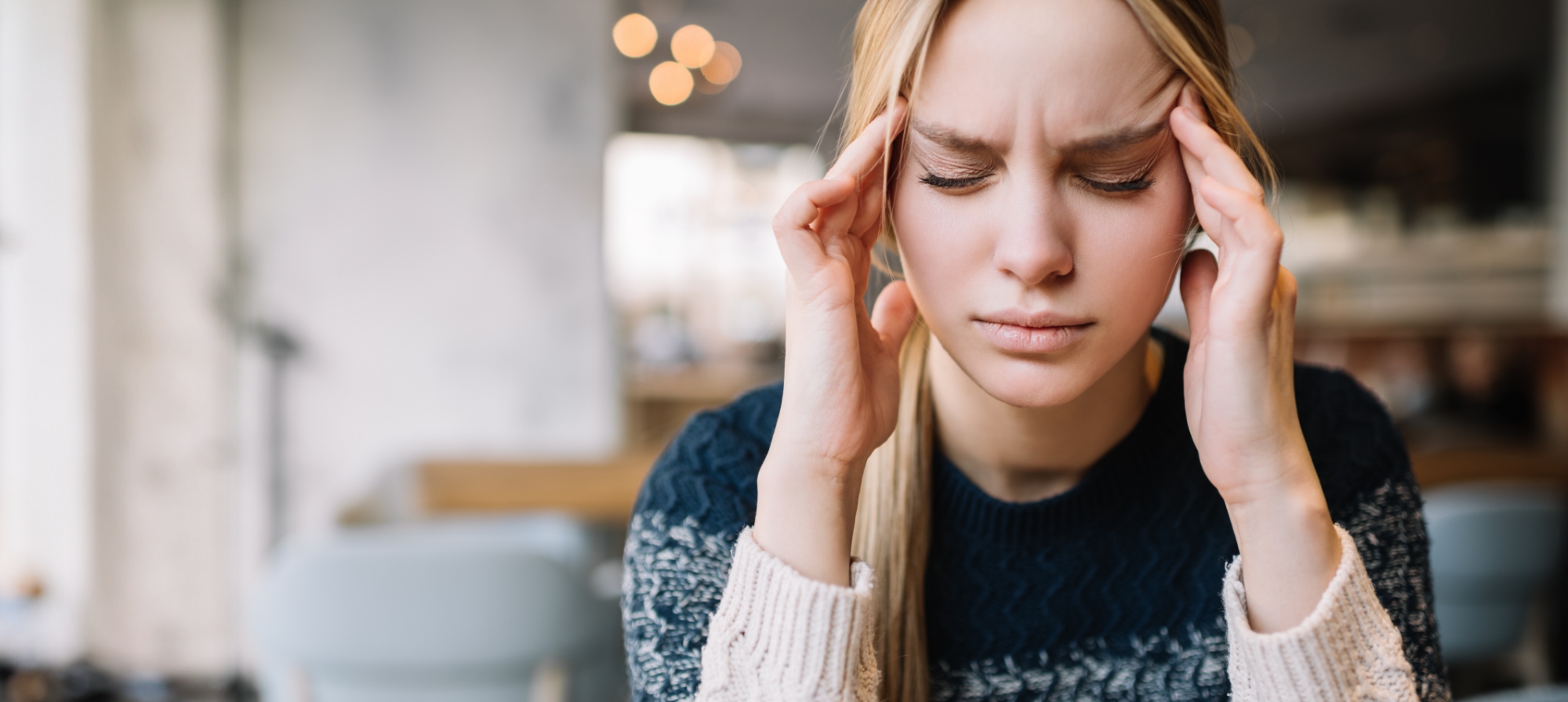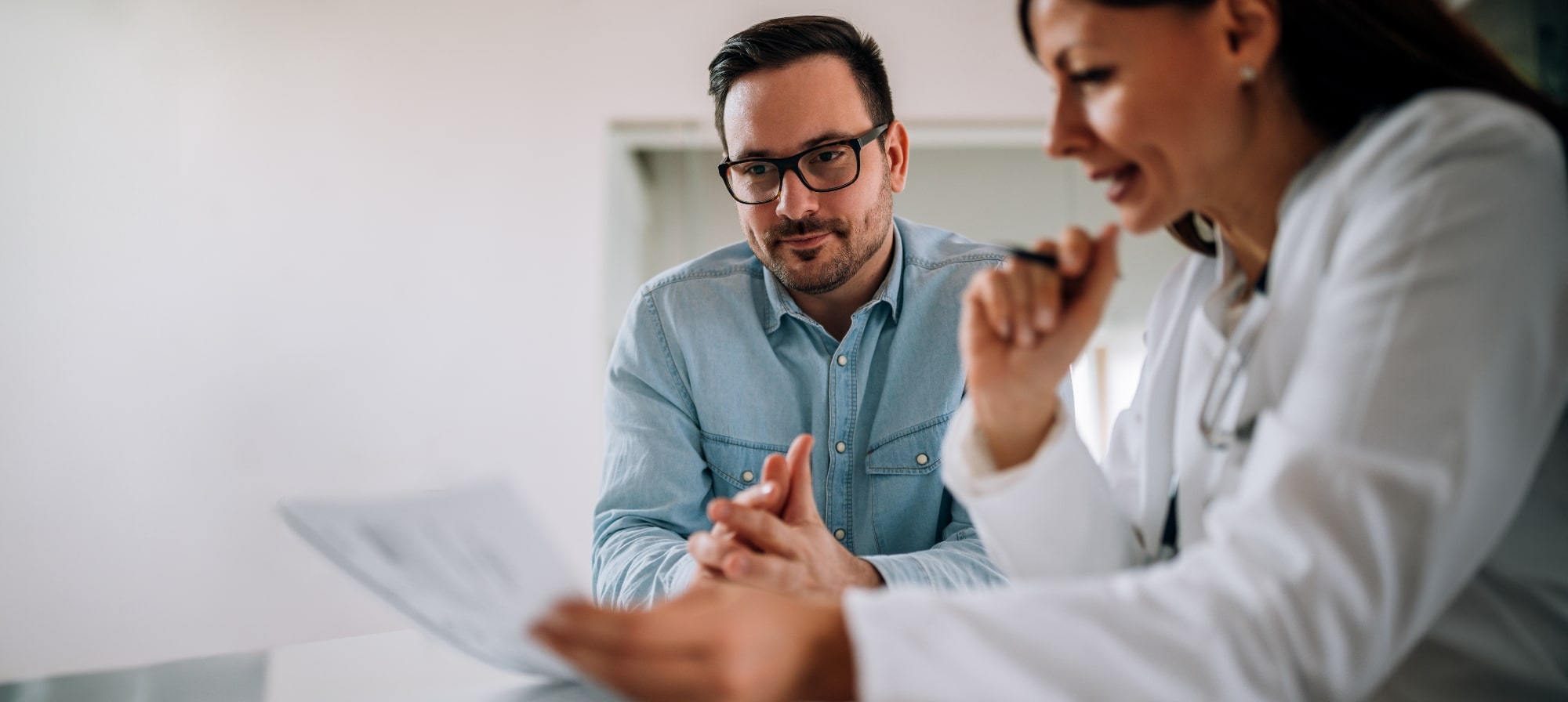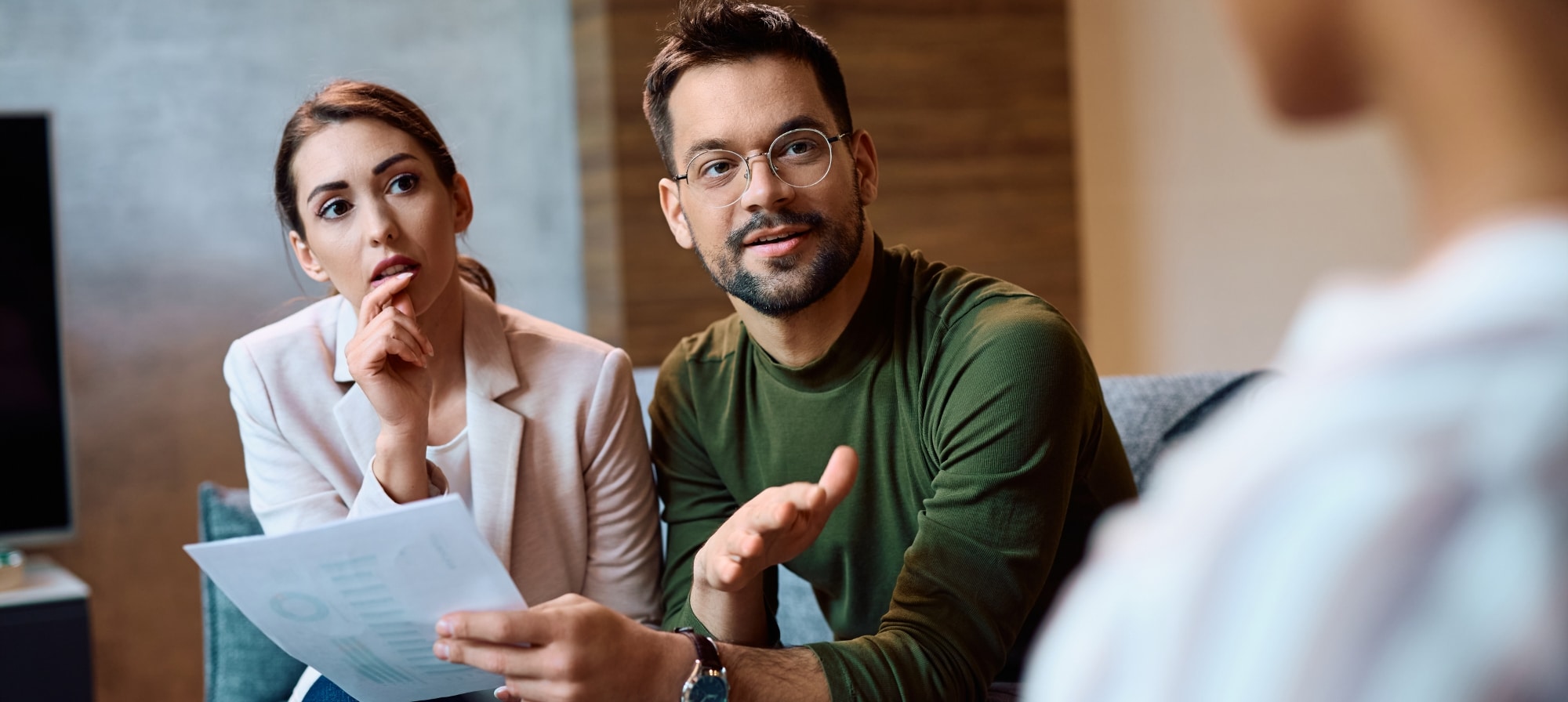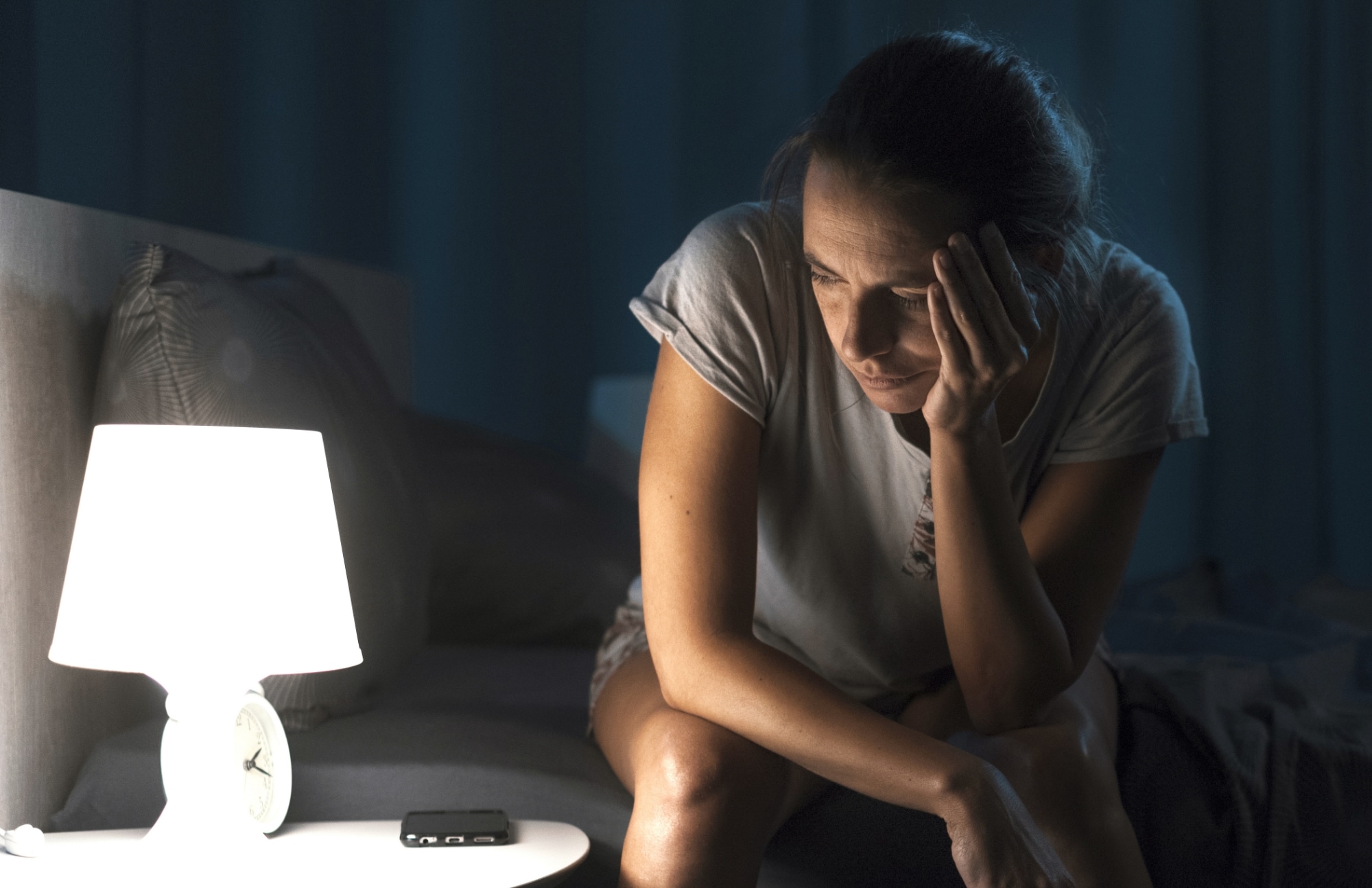Drunk driving is a growing problem in Texas. Every year, alcohol-related crashes resulted in around 1,000 deaths and more than 13,000 injuries. While most people focus their attention on the drunk driver, there’s another recovery option that many injured by drunk driving don’t think about — dram shop liability.
Under Texas law, bars and restaurants that knowingly serve alcohol to intoxicated customers or minors may be responsible for damages if the patron causes injury. However, these laws are incredibly complicated and include many exceptions. Keep reading to learn more about dram shop liability in Texas, your legal rights and options, and how a personal injury attorney can help.
What Are Dram Shop Laws?
“Dram shop” is an old-fashioned term for any establishment that serves alcoholic beverages. Under Texas’ Dram Shop Act, bars and restaurants cannot knowingly overserve a customer or provide alcohol to minors. If someone seems dangerously intoxicated or cannot supply identification, the business must refuse the customer’s requests for more alcohol.
When a bar or restaurant violates this obligation, and someone is injured, dram shop laws mean the business may be liable for their damages. However, injured people must file their dram shop claims within two years of their date of injury.
There are two forms of dram shop liability for drunk driving accidents in Texas: first-party and third-party.
First-Party Dram Shop Claims
You may have a first-party claim if a bar knowingly overserves you and you get into a serious crash. While the Texas Alcoholic Beverages Code does not address first-party claims, the Texas Supreme Court affirmed their viability in Smith v. Sewell.
Suppose you stumble up to a bar and demand a shot of tequila while slurring your words. The bartender notices your behavior but provides you with the drink — and keeps on serving you as you become even more impaired and could clearly become a danger to yourself or someone else.
On your drive home, you veer off the road and hit a tree, damaging your spinal cord. You may have a first-party claim against the bar.
Third-Party Dram Shop Claims
Third-party dram shop claims are what come to mind when most people think about bar owner liability. In these cases, an intoxicated person is overserved at a bar and decides to drive home. They lose control of their vehicle and injure someone else in a drunk driving accident. In Texas, the injured party may have a claim against the bar that overserved the drunk driver.
Neither first-party or third-party claims are simple to pursue under dram shop laws. Without the data of blood-alcohol level, a bartender or server might unknowingly overserve an intoxicated patron who, for whatever reason, appears less drunk than they actually are. It can be very difficult to prove that an establishment knowingly served when they shouldn’t have, and it’s in your best interest to work with an experienced personal injury attorney who has knowledge and resources you do not.
RELATED: How to Prove Buzzed Driving in Texas
It can be very difficult to prove that an establishment knowingly served when they shouldn’t have, and it’s in your best interest to work with an experienced personal injury attorney who has knowledge and resources you do not.
How Do I Prove a Dram Shop Case in Texas?
Compared to a traditional drunk driving claim, dram shop liability claims are more complicated and nuanced. First, you must prove the essential elements of a dram shop claim. Then, you may need to rebut the various defenses of the alcohol serving establishments.
To start, you need to prove that:
- The dram shop provided alcohol to the driver.
- It was apparent that the customer was “obviously intoxicated” and presented a clear danger to themselves and others.
- The driver’s intoxication caused the car accident and your injuries.
What Is Obvious Intoxication?
When you think about “obvious intoxication,” you probably think of someone whose impairment is physically apparent; they are slurring their speech, stumbling, losing consciousness, or becoming physically ill. While those manifestations would likely meet Texas’ standard, the courts have found “obvious intoxication” in other, subtler circumstances.
For example, providing a person with an unreasonable number of drinks in a relatively short period, like six pints of beer in an hour, may suggest that they were obviously intoxicated and dram shop laws were broken.
Evidence and Alcoholic Beverages
There is a variety of evidence that an attorney will collect during a dram shop liability claim. Depending on your circumstances, your dram lawyer may prove obvious intoxication using:
- The driver’s blood-alcohol content (BAC) at the time of the crash
- Receipts, credit card statements, and tabs that show how many drinks the driver consumed
- Photographs and videos showing that the driver was obviously intoxicated
- Social media posts made while the customer was intoxicated
- Testimony from witnesses and police officers
- Testimony from forensic and medical experts
Again, your attorney knows how to use this information and dram shop laws to build your case. While you’re focused on healing and getting your life back in order, let them worry about the legwork of gathering evidence of the at-fault driver’s intoxication.
While you’re focused on healing and getting your life back in order, let them worry about the legwork of gathering evidence of the at-fault driver’s intoxication.
Does a Bar Have Defenses to a Dram Shop Claim?
While bars and restaurants may have a variety of defenses to a dram shop lawsuit, two are the most important: safe harbor defense and comparative fault.
Safe Harbor Defense
The safe harbor defense helps bars and restaurants avoid dram shop liability by providing adequate training and systems that protect against overserving. To fall under the law’s safe harbor, the bar owner must show that:
- All employees attend a Texas Alcohol Beverage Commission (TABC) seller training program
- The employee that overserved the drunk driver participated in this program
- The employer or bar owner did not encourage or pressure its employees to violate the rules
If the establishment meets these requirements, it cannot be punished for overserving a patron.
While the safe harbor defense is powerful, dram shop plaintiffs can still overcome it by showing that not all the bar’s employees were properly certified, that servers and bartenders were pressured to place profits above safety, or that it has a well-documented history of TABC violations.
The safe harbor defense helps bars and restaurants avoid dram shop liability by providing adequate training and systems that protect against overserving.
Comparative Fault and Dram Shop Law
Comparative fault is a legal concept that compares the fault levels of the involved parties. If you were injured by someone else’s negligence, but your behavior contributed to the accident and injuries, the amount of compensation you get may be reduced by your percentage of fault.
For example, if you were injured by a drunk driver, the investigation will determine how much fault lies with the driver, the bar who served them, and even you as the injured party. Of course, in a case of drunk driving and possible dram shop liability, much of the focus will be on the intoxicated driver and the establishment serving them.
With dram shop laws, the alcohol serving establishment may also have contributed fault.
In 2007, the Texas Supreme Court issued a decision in FFP Operating Partners v. Duenez, and dramatically changed the landscape of Texas dram shop claims. In the past, bars and restaurants were vicariously liable for their misconduct and the drunk driver’s actions. However, in Duenez, the court determined that, in most cases, the bar or restaurant is proportionately liable for the harm they caused.
For example, suppose a bar serves an 18-year-old multiple alcoholic drinks. The young person then tries to drive home. While speeding and texting, they run a red light and crash into another car. If a jury weighed all the evidence and determined that the young driver was 65% at fault for the crash and that the bar’s overserving was 35% to blame, the business must cover 35% of the injured person’s damages.
However, there is an exception to this rule. If the jury decides that the bar was more than 50% at fault for the crash, they are responsible for all the injured person’s damages.
Clearly, comparative fault can quickly complicate a case involving bartender liability. Trust your personal injury attorney to skillfully argue the case for the best chance of fair compensation from the alcohol serving establishment.
RELATED: Crosley Law Settles Six-Figure Claim After Drunk Driving Crash
Crosley Law Stands Up for Those Injured by Drunk Driving
At Crosley Law, we help clients pursue all avenues of compensation after a drunk driving crash. Sometimes, that means filing a personal injury claim against the driver and a dram shop liability claim against a bar or restaurant.
If you believe that a bar or restaurant’s negligence contributed to your drunk driving injuries (or those of a loved one), contact our law firm and experienced attorneys for a free consultation. Fill out our online contact form or call us at 210-LAW-3000 | 210-529-3000 today to get started.
References
F.F.P. Operating Partners, L.P. v. Duenez. 237 S.W.3d 680 (Tex. 2007).
Smith v. Sewell. 858 S.W.2d 350 (Tex. 1993).
Tex. Alco. Bev. Code §2.02 (1987). Retrieved from https://statutes.capitol.texas.gov/Docs/AL/htm/AL.2.htm
Texas Department of Transportation. (2019, August). Texas motor vehicle crash statistics: Cumulative crash statistics 2003–2018. Austin, TX: Texas Department of Transportation. Retrieved from https://www.txdot.gov/government/enforcement/annual-summary.html
The content provided here is for informational purposes only and should not be construed as legal advice on any subject.

